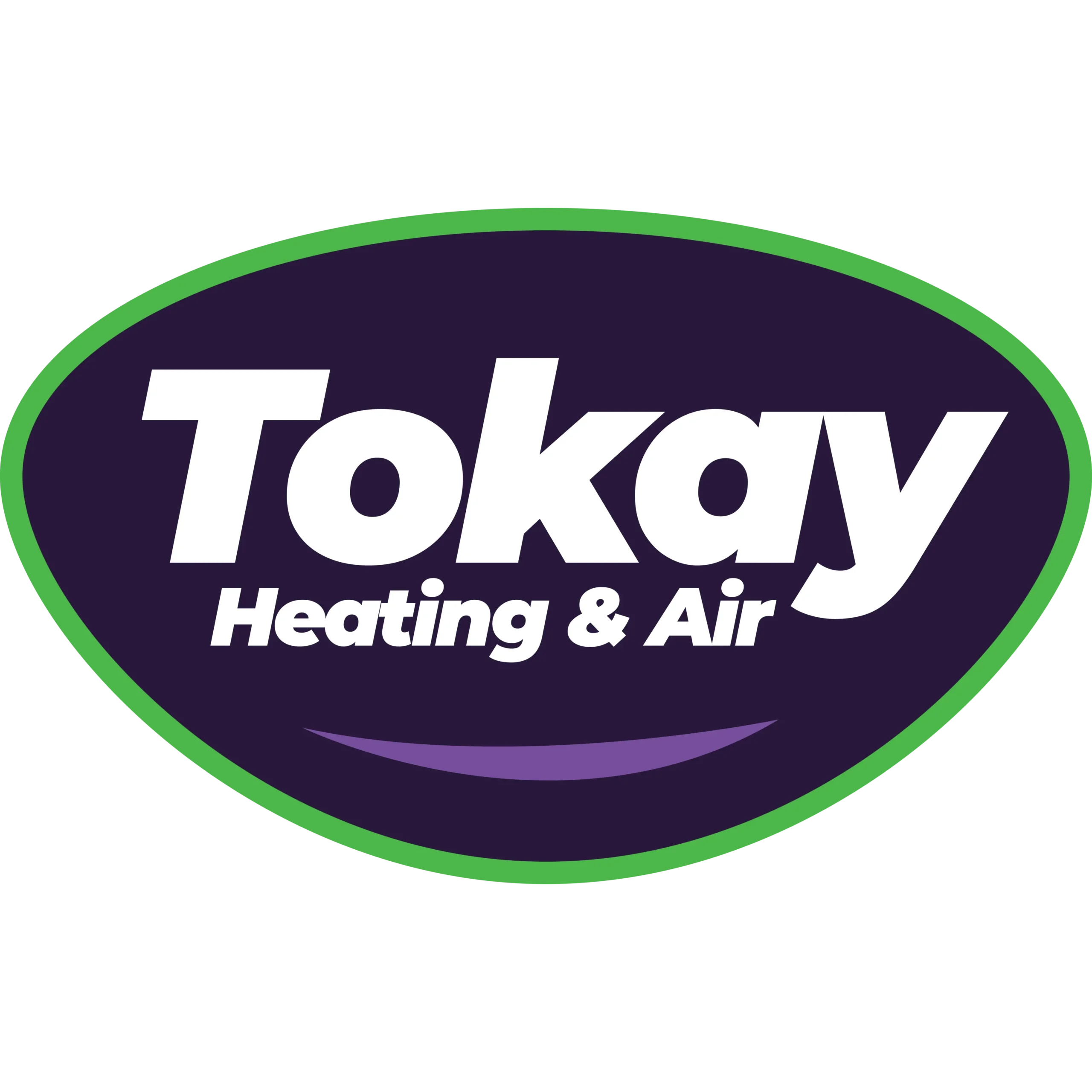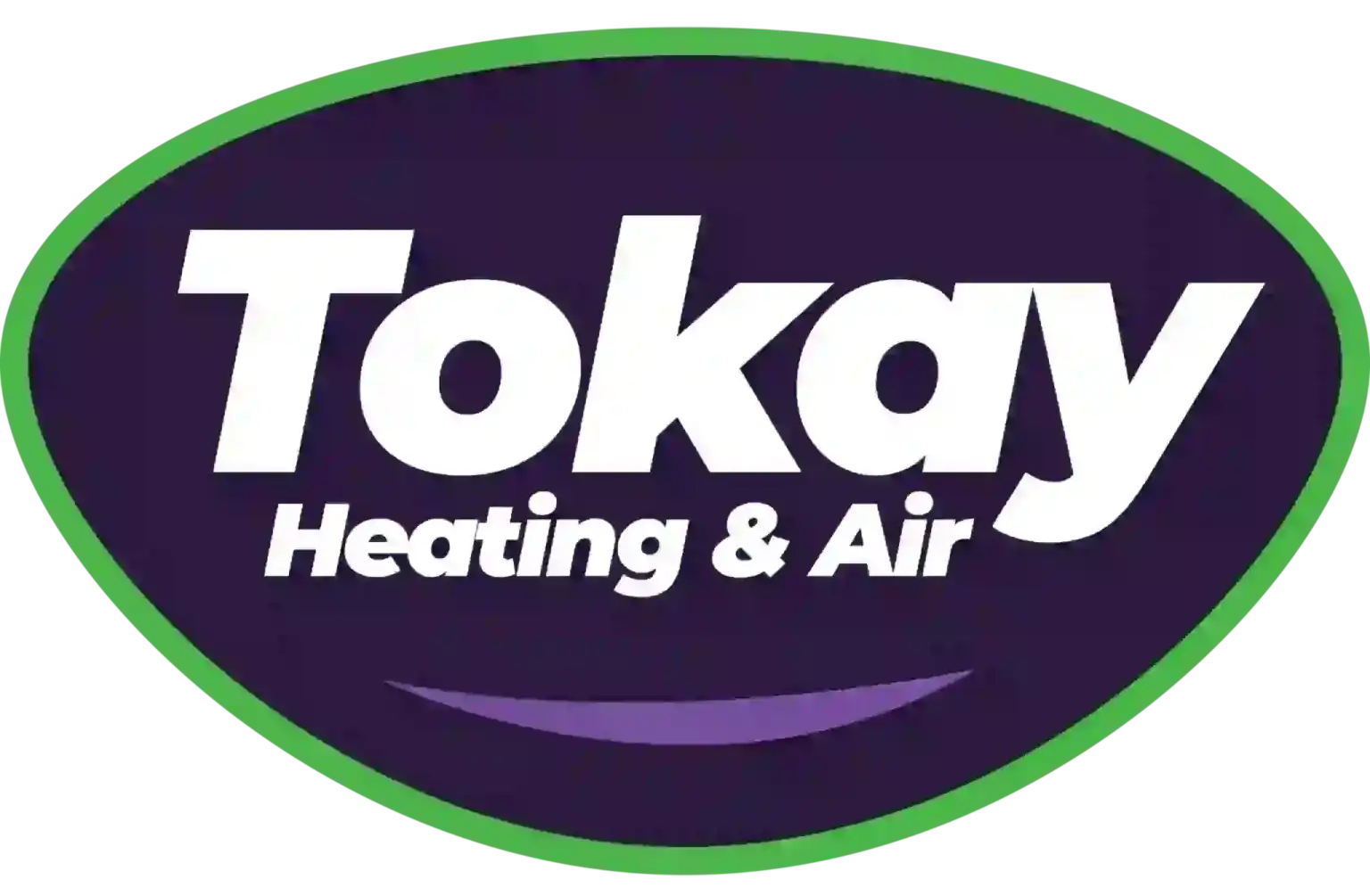What Is An Adequate SEER Rating For AC Systems?
If you’re thinking about air conditioner installation in Lodi, you should also be considering your new air conditioner’s SEER rating.
SEER means Seasonal Energy Efficiency Rating. In a nutshell, it measures how capable your air conditioner is at converting electricity into cooled air. A greater number means your air conditioner is more efficient, which is good for your electrical costs.
However, there are a lot of varying solutions on the market for air conditioners. And a greater SEER number frequently involves a more expensive price tag. So, how can you determine which one is best for your home?
At Tokay, we give you a free, no-pressure home comfort analysis. You can book one by contacting us at (209) 257-3156. Our experienced air conditioner installers will partner with you to help you choose the right air conditioner for your family. Plus, they’ll also offer you a free, no-obligation estimate.
For the time being, let’s go over SEER ratings and how they can influence your family’s comfort. And your electrical costs.
Does SEER Rating Even Matter?
In 2016, the federal government developed new SEER guidelines. New air conditioners are required to be at least 13 SEER in the north United States and 14 SEER in the southeast and southwest. If you’re not sure when you had your air conditioner replaced or what its SEER ranking is, you can locate the sticker on the unit outside your residence. If you can’t locate the sticker, you can reach us at 209-257-3156 for help.
If your air conditioner was put in in advance of that time, it’s likely much less efficient. Cooling technology has quickly changed in the past several years, with major advancements in energy efficiency and smart home capacity. Using your new air conditioner with a smart thermostat could help you save even more on air conditioning expenses, since the thermostat can seamlessly adjust your temperature settings when you’re out.
If your existing air conditioner has a SEER rating between 8 and 10, getting a 14-SEER system could save you close to 30–50% on annual utility bills. Your savings are contingent upon your air conditioner size and your temp settings.
Is The Higher The SEER The Better?
An air conditioner with a better SEER rating will be more efficient at using electricity for cooling. The most efficient models, which can go as big as 26 SEER, carry ENERGY STAR® endorsement. This certification shows the air conditioner meets EPA rules for energy savings and environmental conservation.
While ENERGY STAR air conditioners are frequently pricier, you’ll normally get the difference returned throughout the years through lower electric expenses. These air conditioners, which are typically rated 16 SEER and up, consume about 8% less electricity than other new models, according to ENERGY STAR.
One of the greatest differences between a 14 SEER and 16 SEER is variable-speed capacity. A variable-speed air conditioner can work at a number of speeds. This fine-tunes comfort for your loved ones while keeping your air conditioning expenses down. It can also keep temperatures and humidity more even, since it can go for longer without requiring a lot more power.
When buying a variable-speed air conditioner, you’ll need to make sure that your furnace or air handler is compatible. This is due to the fact your air conditioner relies on this equipment’s blower to send cold air across your home. Furnaces only work for about 20 years, so if yours is around that mark, we recommend furnace installation at the same time so you can enjoy all the perks of your variable-speed air conditioner.
When you’re ready to replace your air conditioner, the cooling pros at Tokay are ready to help. Reach us at (209) 257-3156 to request your free home comfort analysis today.


